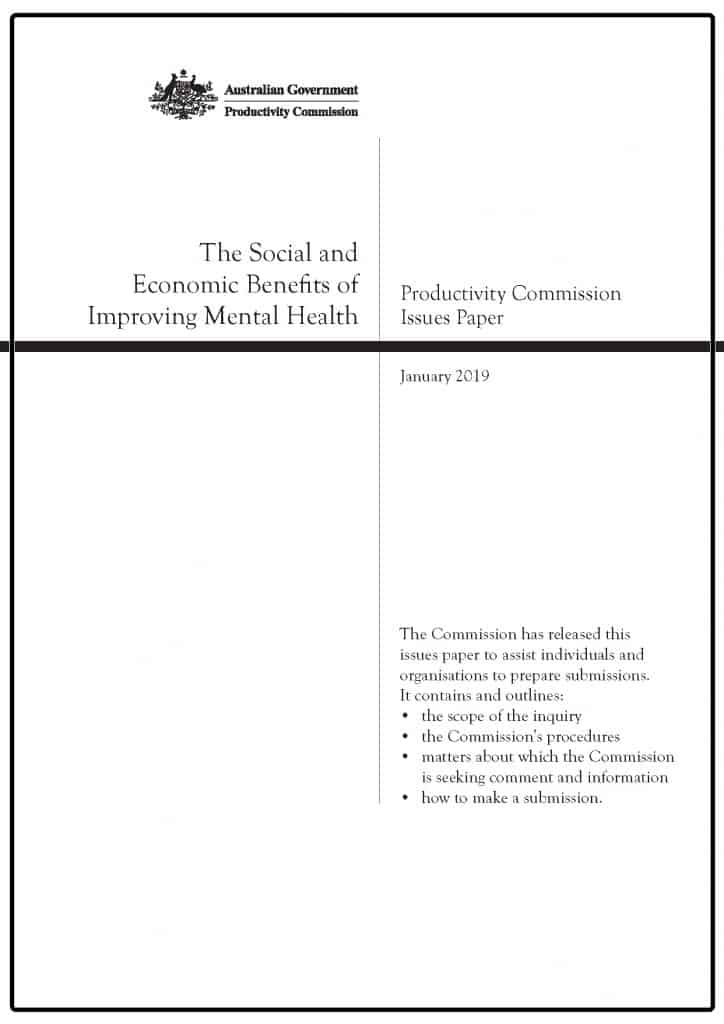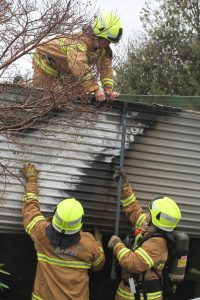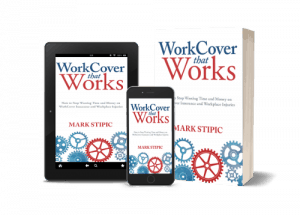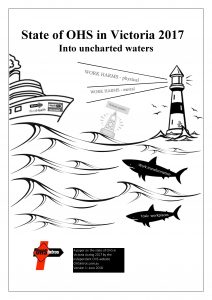
Australia’s Productivity Commission (PC) has released its first Issues Paper to assist people in understanding the purposes of the Inquiry and to lodge a submission. The Report provides opportunities for the occupational health and safety (OHS) profession and advocates to explain the relevance of OHS principles in preventing psychological harm. It includes specific work-related questions for people to address in submissions.

 It is always good to see researchers assessing issues related to workplace health and safety rather than relying on overseas data. Recently researchers from the Australian Catholic University and St Vincent’s Hospital in Melbourne looked into “measuring the effectiveness of workplace health management programs” . The research adds to our understanding of these programs but the relevance to occupational health and safety (OHS) is limited.
It is always good to see researchers assessing issues related to workplace health and safety rather than relying on overseas data. Recently researchers from the Australian Catholic University and St Vincent’s Hospital in Melbourne looked into “measuring the effectiveness of workplace health management programs” . The research adds to our understanding of these programs but the relevance to occupational health and safety (OHS) is limited.

 In late July 2018, the
In late July 2018, the 
